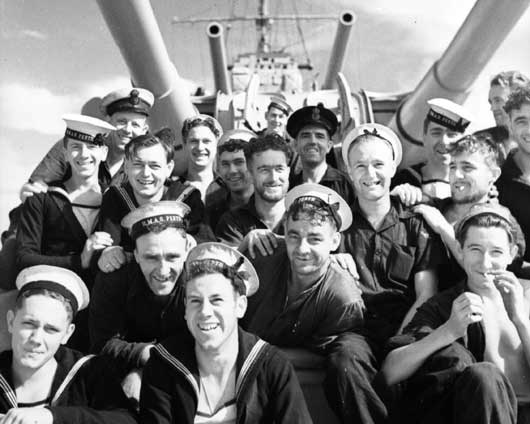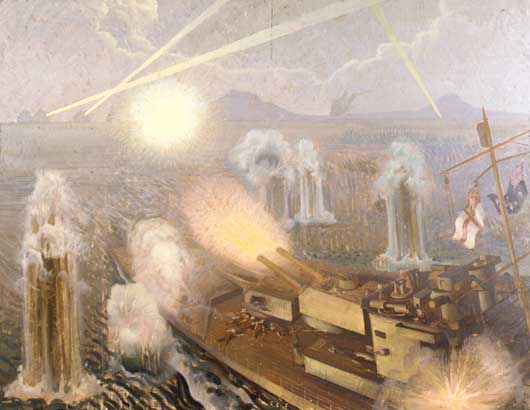Sunda Strait The Japanese Invincibility, 1942
The Battle in Brief
Sunda Strait, the small stretch of water between the islands of Sumatra and Java was the scene of a number of naval engagements in February and March 1942.
In late February 1942, Japanese amphibious forces were preparing to invade Java, in the Netherlands East Indies. On February 27, An Allied force of five cruisers and nine destroyers engaged the Japanese in the Java Sea. Two Dutch cruisers and four destroyers were sunk. The USS Houston and HMAS Perth both retreated to Tanjung Priok, Java, the main port of Batavia (now Jakarta), where they arrived at 1:30 pm on 28 February. Later that day, Houston and Perth received orders to sail through Sunda Strait to Tjilatjap, on the south coast of Java. By chance, just after 10:00 pm, the Japanese 16th Army’s Western Java Invasion Convoy – over 50 transports, and including the Army’s commander, Lt Gen. Hitoshi Imamura – was entering Bantam Bay, near the northwest tip of Java. The Japanese troop transports were escorted by the 5th Destroyer Flotilla, led by Rear Admiral Kenzaburo Hara and the 7th Cruiser Squadron, under R. Adm. Takeo Kurita.
As the Perth and the Houston approached the entrance to Sunda Strait at 11 pm they were spotted by a Japanese destroyer and both cruisers went to action stations and opened fire. For an hour they engaged the Japanese but were outnumbered and both cruisers were sunk. On HMAS Perth, 350 men including the ship’s captain, were lost in action. Those who survived became prisoners of war.
On 4 March 1942, south of Java and heading for Freemantle, HMAS Yarra was escorting three ships when attacked by a Japanese force of three heavy cruisers and two destroyers. All four ships were sunk and only 13 of Yarra’s crew were rescued.
Location
Media






